CONTENTS
What is the Best Seat When Travelling with a Dog? What do I Need to Know when Travelling with a Dog?
It’s been set in stone since the dawn of time that human’s greatest vice is his unquenchable desire to explore. To breathe new air, to see new land, to conquer new territory. Overtime, social context has morphed our barbaric and wicked instinct into our riveting recreational activity in travelling.
In modern terms, we love travelling! Travelling captures our heart so very easily, for a variety of reasons. We could feast our eyes on landmarks we’ve yet to see, we could enjoy food whose tastes are unbeknownst to us. To many people, it’s the joy of sharing the experience with their loved ones that makes travelling truly special. Sometimes, our most loved ones just happen to be our hairy-friend, our pets.
But flying is only enjoyable to us human beings. Pets don’t share that joy with us, particularly dogs. Flying, in fact, is oftentimes an uncomfortable experience for them.
Dogs, in particular, find travelling very stressful. The lengthy check-in process in a busy airport, boarding a plane through multiple stages, etc. are all unfamiliar environments for your dogs. Therefore, to alleviate some of the stress the pet may have to go through, many pet owners prefer to have their furry friends by their side in the cabin, not the cold and emotionless cargo area. They would be able to provide emotional support for their pets this way.
On specific flights and aircraft, a lot of airlines let small dogs travel in the cabin with their owners. Many of them, nevertheless, insist that they remain in the pet carriers that are stored beneath the seat in front of their owners. Air Canada, American Airlines, Southwest, United, and WestJet, for instance, all fall under this category. These airlines make it clear that dogs must travel in their carriers, which must be stored under the seat, the entire time.
There is lots of confusion, however. However, a lot of airlines merely specify that canines must stay stowed away during taxi, takeoff, and landing, and only under the seat in front of their owners. The fact that you cannot carry your dog on your lap during takeoff and landing is not mentioned in many of them.
Additionally, it is more probable that your dog will be permitted to sit on your lap during a flight if he or she is a certified emotional support animal.
What is the best seat to book for your dog? Which airline allows me to travel with my furry friend? We'll go into detail about it in this article.

General Airline Policies for Flying with Dogs
Your dog should be in a healthy state
Dogs typically need a pet passport, which is the phrase for the papers proving that your dog is fit and prepared to travel.
To take your dog on a plane, you often need to provide a rabies shot certificate and a health certificate. Please be aware that only authorised veterinarians may provide those health certificates.
Your dog shouldn’t be a big breed
The majority of airlines demand that dogs and their carriers weigh no more than 18 lbs (8kg). This is due to the fact that dogs must typically fit in a pet carrier that can only fit underneath the passenger seats.
The International Air Transport Association (IATA) has established guidelines and procedures to make flying with dogs comfortable. Dogs must therefore be able to stand up, turn around, and lie down in a natural position inside their travel carriers (without touching any side or the top of the container).
Different airlines may have different weight limits, however. For instance, Japan Air allows pets weighing up to 22 lbs (10 kg) into the cabin, whereas TUI allows a maximum of 13 lbs (6 kg) only. Please check with the airline that you’re flying with for the specific allowance.
Check Your Breed of Dog
Some airlines have limitations on the kind of animals they permit to fly. For instance, any pit bull-related breeds are not allowed in United's cabins.
Airlines frequently forbid brachycephalic or snub-nosed dogs of any "mix," however this is frequently only emphasised in the context of checked pets. The well-being and security of your dog are served by doing this. Because they are frequently more susceptible to certain ailments, certain breeds are at danger when travelling. Airlines have been more selective about the kinds of pets they permit on board as a result of some instances of dogs not making it to the conclusion of their journey over the years.
For example, American Airlines don’t allow these breeds on board:
- Affenpinscher
- American Staffordshire Terrier
- Boston Terrier
- Boxer (all breeds)
- Brussels Griffon
- Bulldog (all breeds)
- Cane Corso
- Chow Chow
- Dogue De Bordeaux
- English Toy Spaniel
- Japanese Chin
- Lhasa Apso
- Mastiff (all breeds)
- Pekingese
- Pit Bull
- Presa Canario
- Pug (all breeds)
- Shar Pei
- Shih Tzu
- Staffordshire Bull Terrier
-
Tibetan Spaniel
Your dog must behave herself
If even the owner cannot control their dog, who can? Your dog needs to be obedient to your commands in order to guarantee that the flight is uninterrupted. Additionally, your dog must be well-mannered in public and not bark or growl at other passengers or the employees.
If your dog doesn't act properly, some airlines might charge you extra to move him to the cargo hold or decline to transport him at all. To make sure your pet is prepared for flying, several airlines want a consent document.
Airlines that Disallow Dogs Sitting on Their Owners Lap
Here, we list some of the big airlines that do not permit dogs to travel in the laps of their owner when flying. These airlines make it clear that dogs must stay in their carriers and be stowed for the whole journey.
Air Canada
“Your pet must remain at all times in a closed pet carrier stowed under your seat.”
American Airlines
“On flights with American you can bring 1 kennel as your carry-on bag if your pet stays in the kennel and under the seat in front of you the entire flight.”
Southwest
“Pets must be secured in the pet carrier at all times while in the gate area, during boarding/deplaning, and they must remain in the carrier for the entire duration of the flight. Failure to follow this requirement may result in denial of transportation of the pet onboard Southwest Airlines.
Cats and dogs must remain in the carrier (including head and tail) and the carrier must be stowed under the seat in front of the Customer (owner) for the entire duration of the flight.”
United
“Your pet must stay in their kennel with the door closed at all times while in the airport, at the boarding area and while on board the plane.
Your pet’s kennel must stay at your feet, underneath the seat in front of you.”
WestJet
“Pets travelling in the cabin must remain in the kennel and be stored under the seat in front of you at all times. If you remove your pet from its kennel while on board, you may be banned from travelling with your pet in the cabin on future WestJet flights.”
Airlines that Allows Dogs Sitting on Their Owners Laps
The following airlines don't make it clear that canines need to be stowed under the seat in front of you the whole journey.
Many of them stipulate that during taxi, takeoff, and landing, dogs must stay in their carriers and be stored away. They do not, however, specifically declare that you cannot do so after takeoff and before landing.
It's crucial to remember that flight attendants have the final say; if they instruct you to stow your dog, you must comply.
Alaska
“The pet must stay in its container (including head and tail) with the door/flap secured at all times in the boarding area (during boarding and deplaning), Alaska Lounge, and while onboard the aircraft.
They must be stowed under the seat during taxi, takeoff, and landing.”
Allegiant
“While at the airport terminal and onboard the aircraft, pets must remain completely in the carrier and only be handled by the traveller. If a passenger does not comply, the pet may be denied boarding for future flights.
All carriers must be stowed on the floor during take-off and landing.”
Delta
“Your pet must remain inside the kennel (with door secured) while in a Delta boarding area (during boarding and deplaning), a Delta airport lounge and while onboard the aircraft.”
Frontier
“For safety reasons, your pet must remain in the travel container at all times. If your pet is disruptive, it’s up to you to soothe him/her without taking him/her from the pet container.”
Hawaiian
“The animal must be confined to the pet carrier, and is subject to inspection and approval by airline personnel prior to acceptance.
The animal is required to stay in its carrier while in the terminal and onboard the aircraft.”
JetBlue
“All pets must remain inside the pet carrier while at the airport and on the plane.
During taxi, takeoff, and landing, your pet must remain inside the carrier under the seat in front of you. During the rest of the flight, you may hold the carrier on your lap (or, if you purchased an additional seat for your pet, you may place the carrier on that seat or on your lap).”
Lufthansa
“The pet will be kept in a soft-sided carrier during the entire flight. The soft-sided carrier which is provided by me is leakproof and sealed to ensure that the animal cannot escape.
The soft-sided carrier with the pet will either be stowed under the front seat or secured to your seatbelt by a leash. The animal may not sit on a passenger seat.”
Vueling
“You must store the pet carrier with your pet inside on the floor, between your legs or under the seat in front. You must not take your pet out of the pet carrier until you have disembarked.
The dog must fit between your legs or under the seat and must be secured with a safety harness before and during take-off and landing.”
Khoa Pham

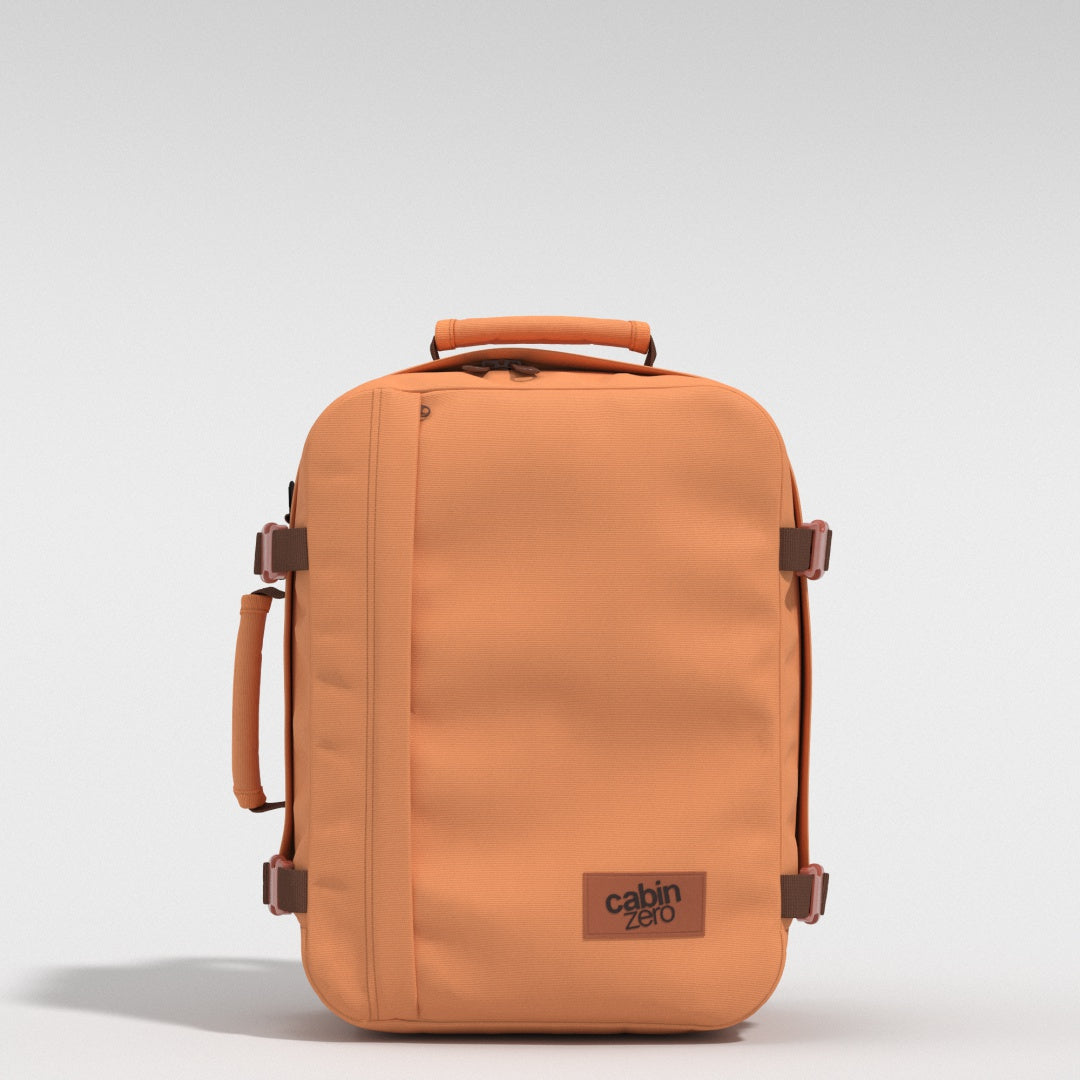
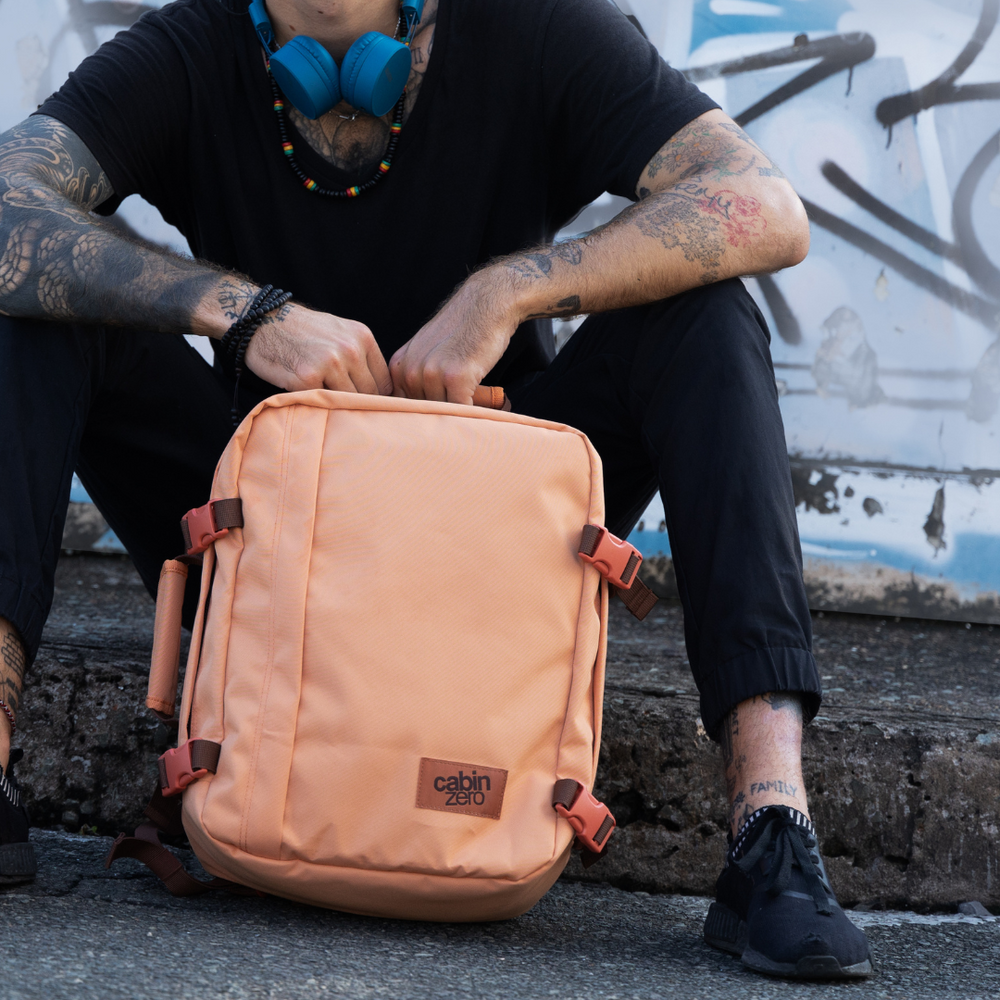
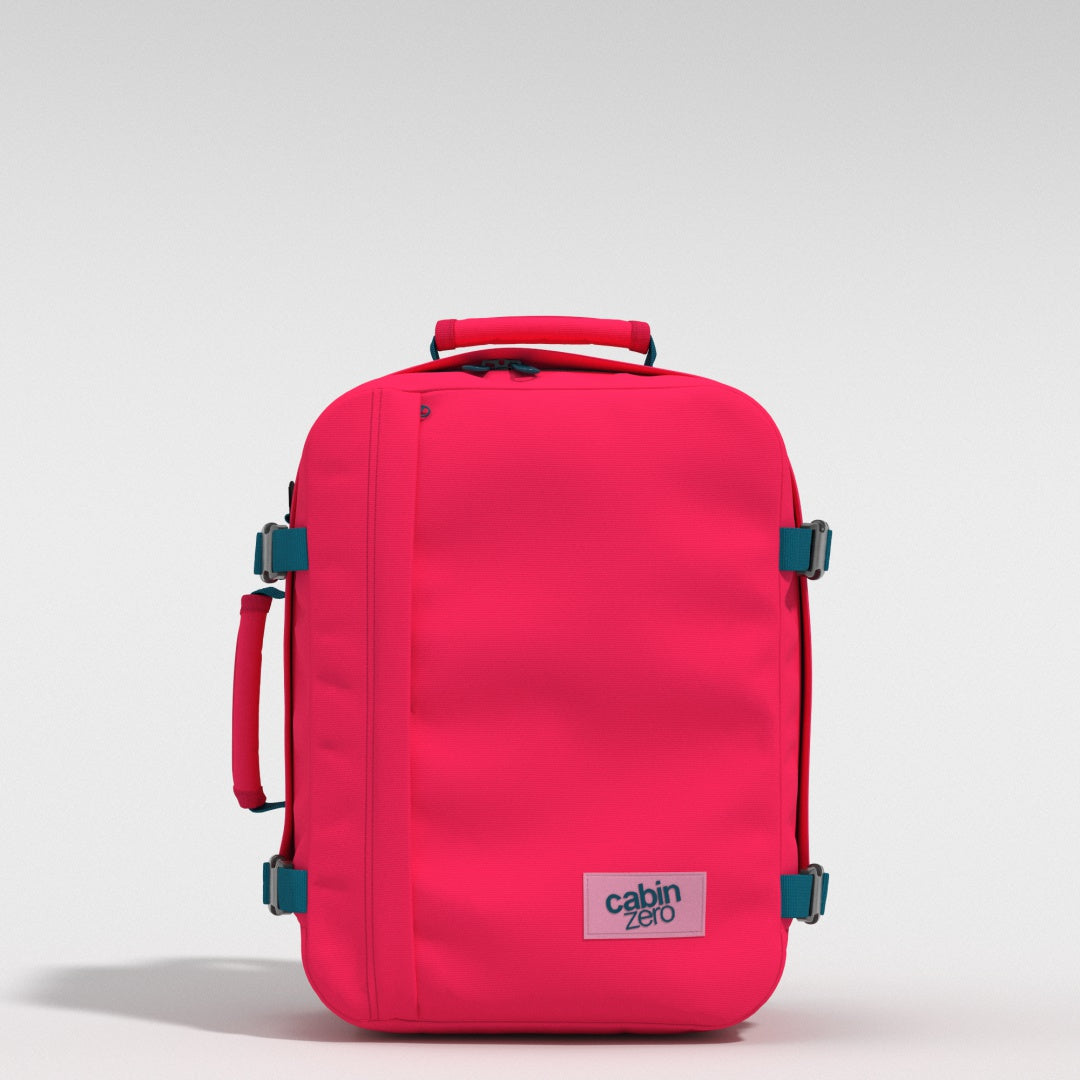
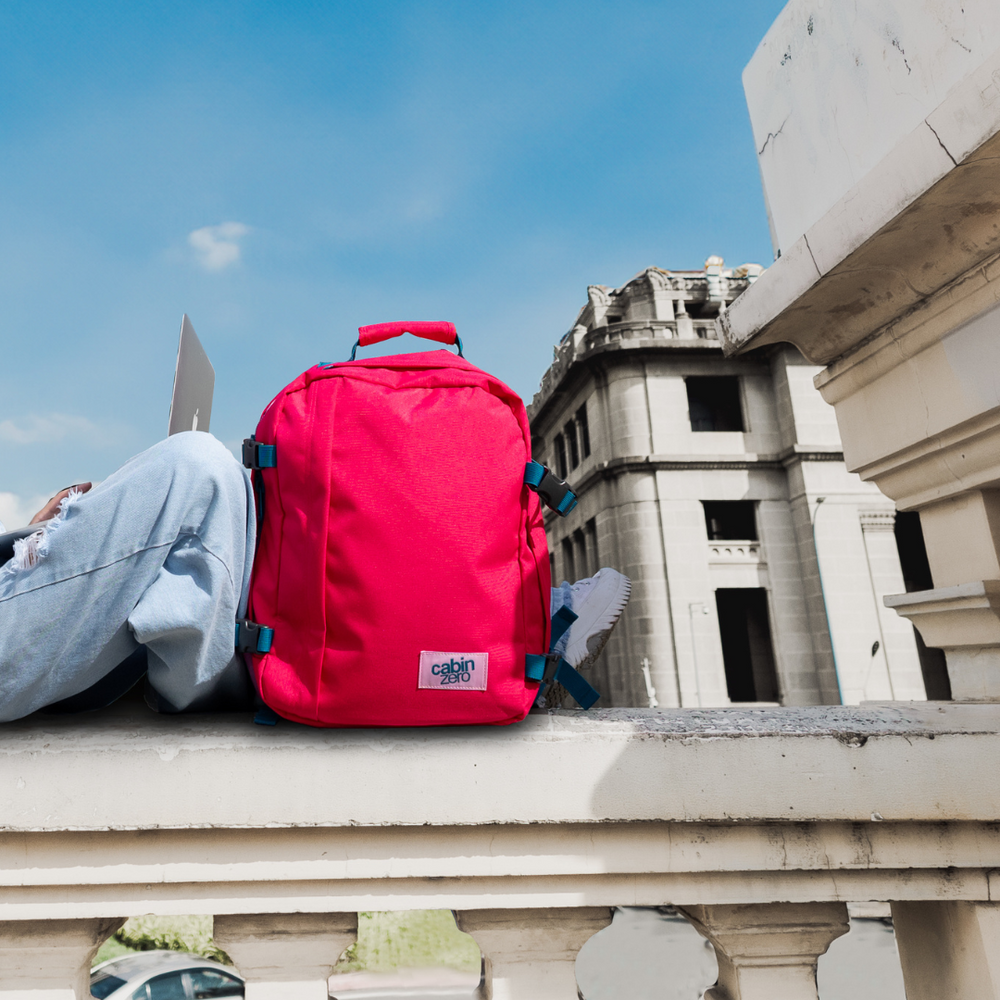
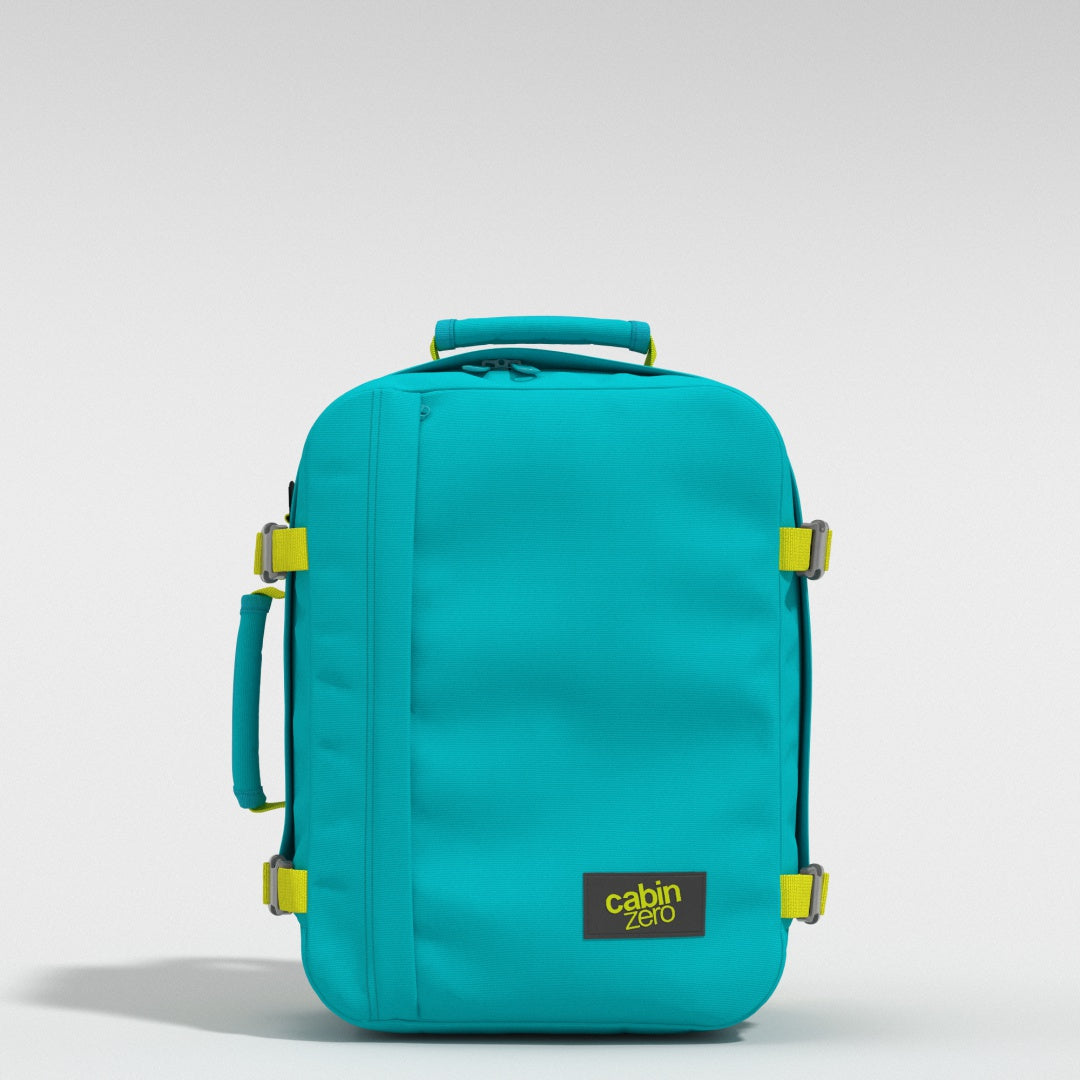
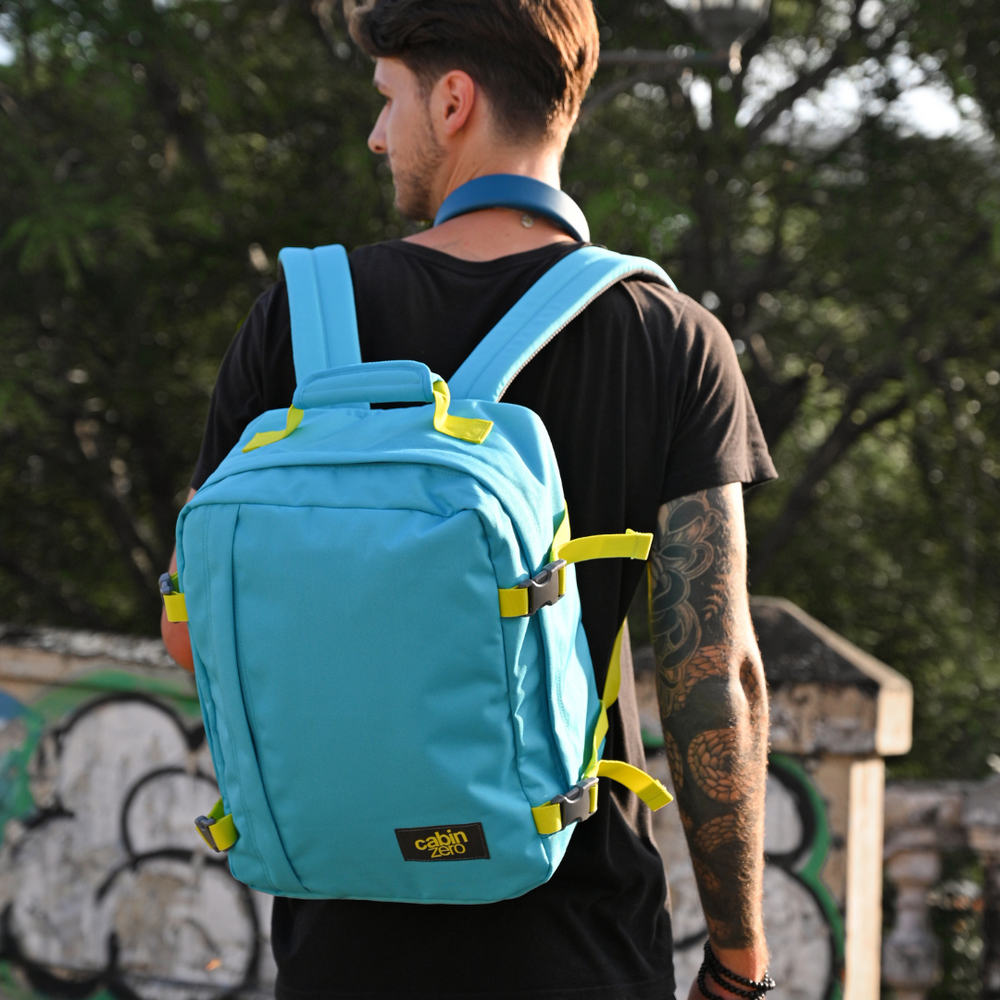
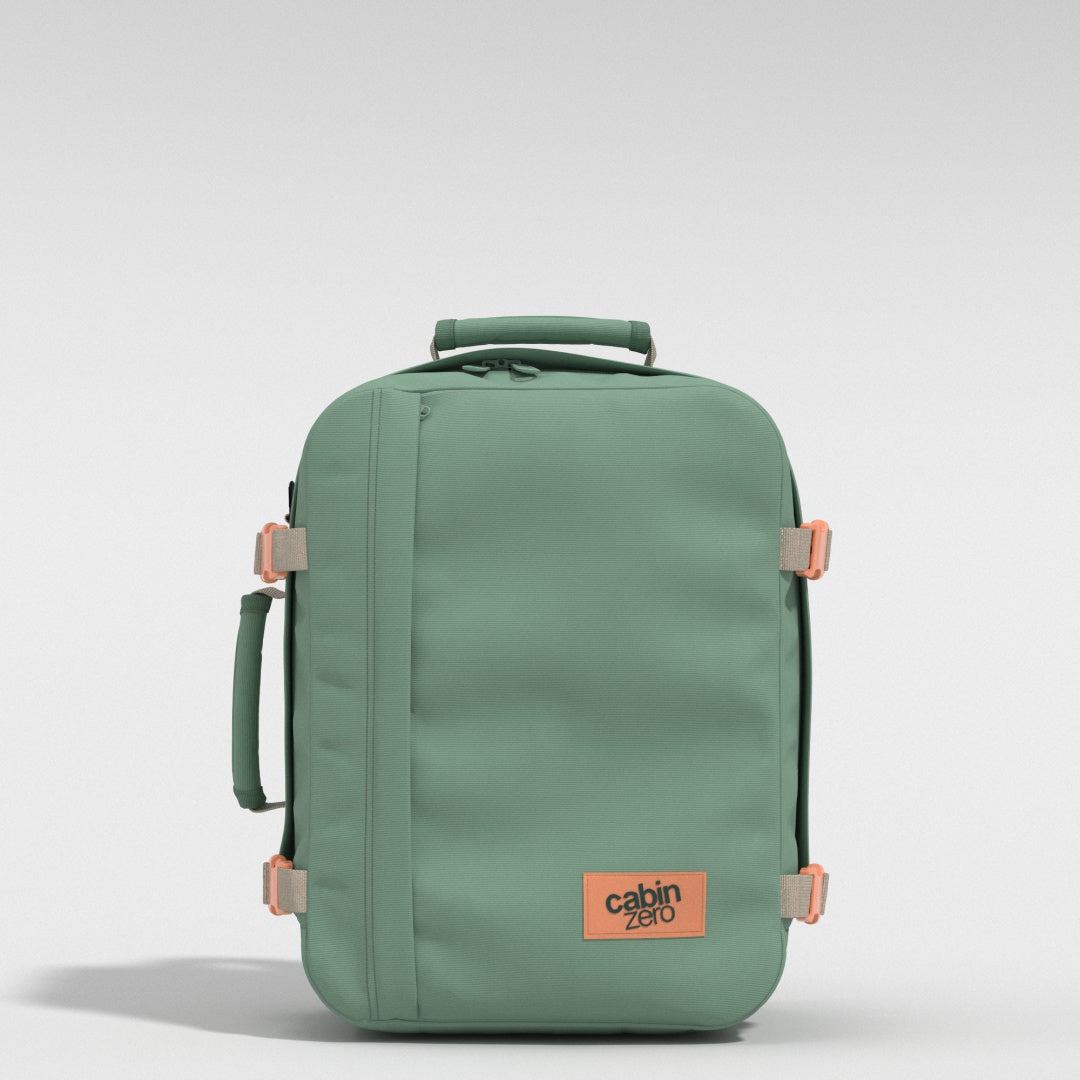
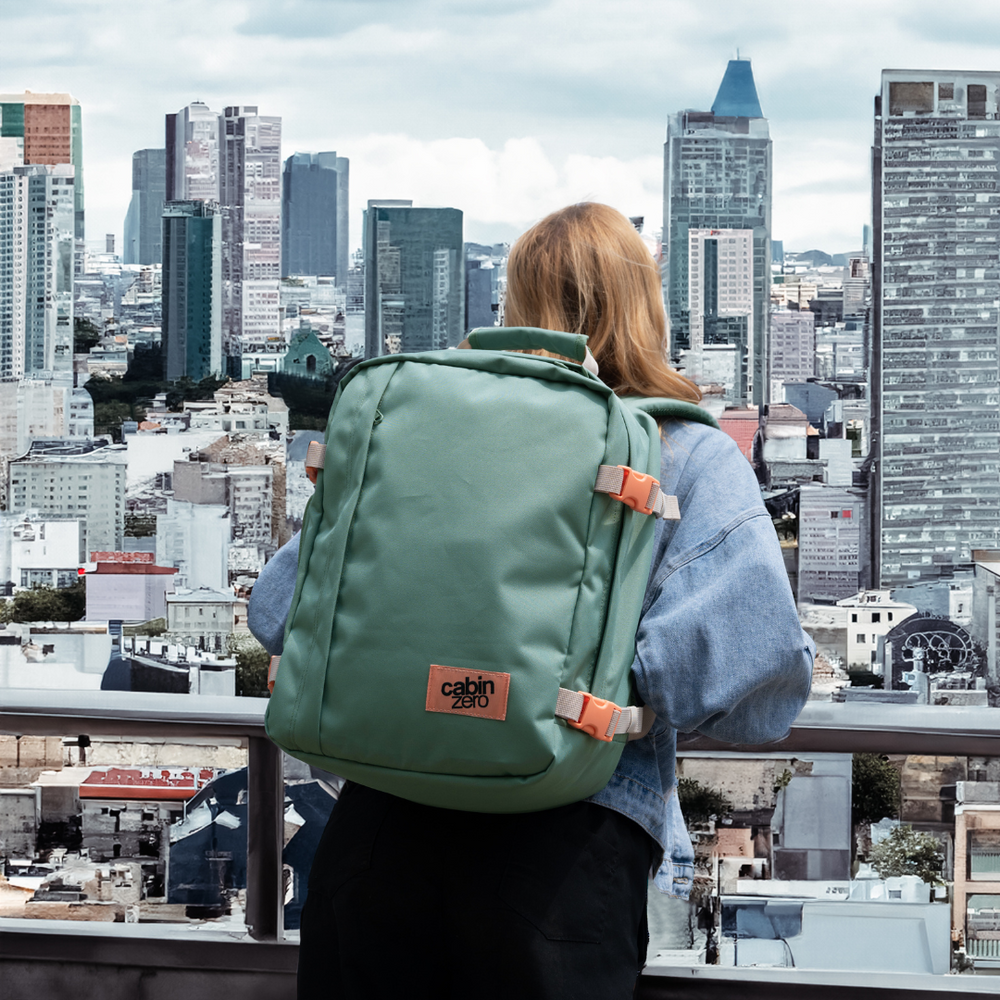
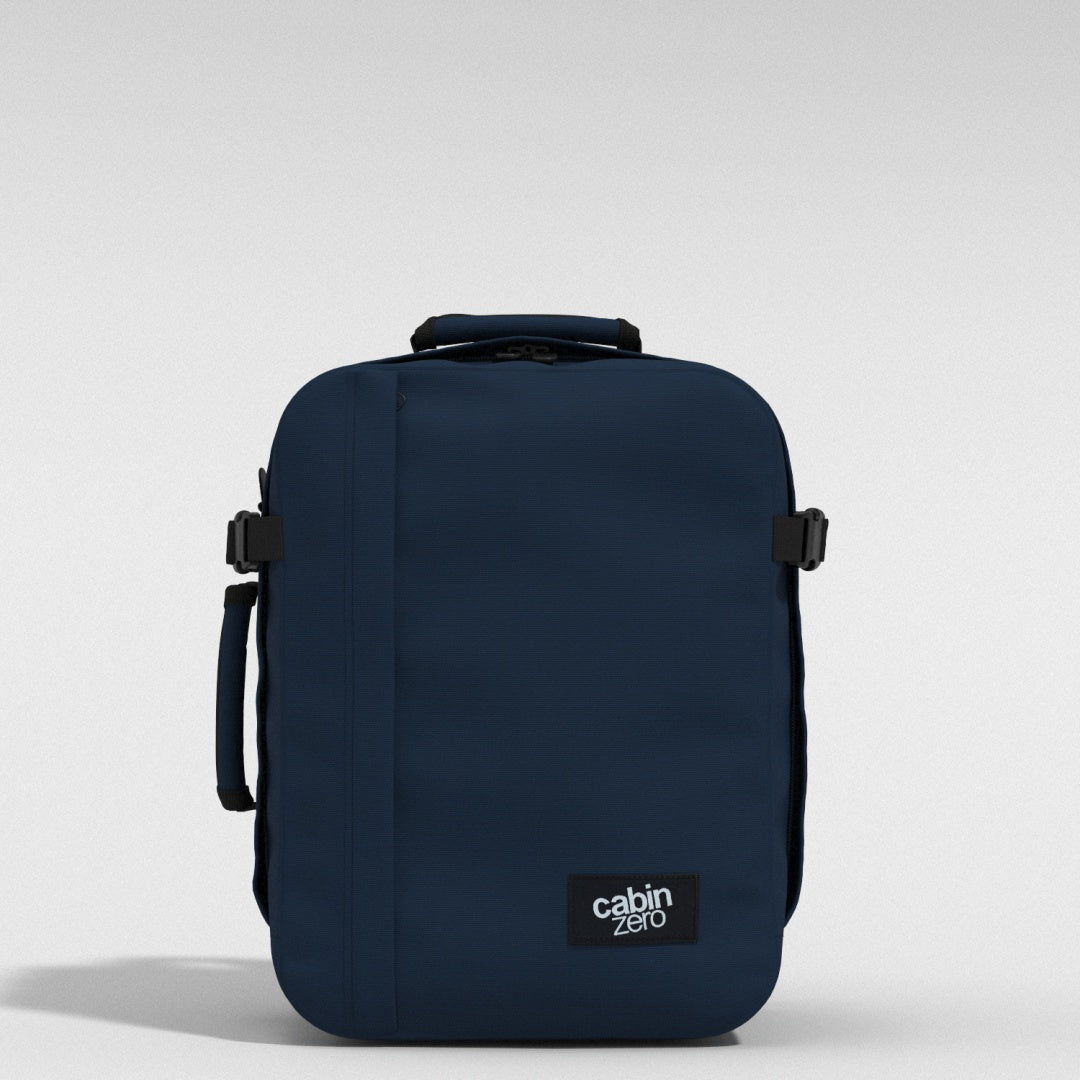
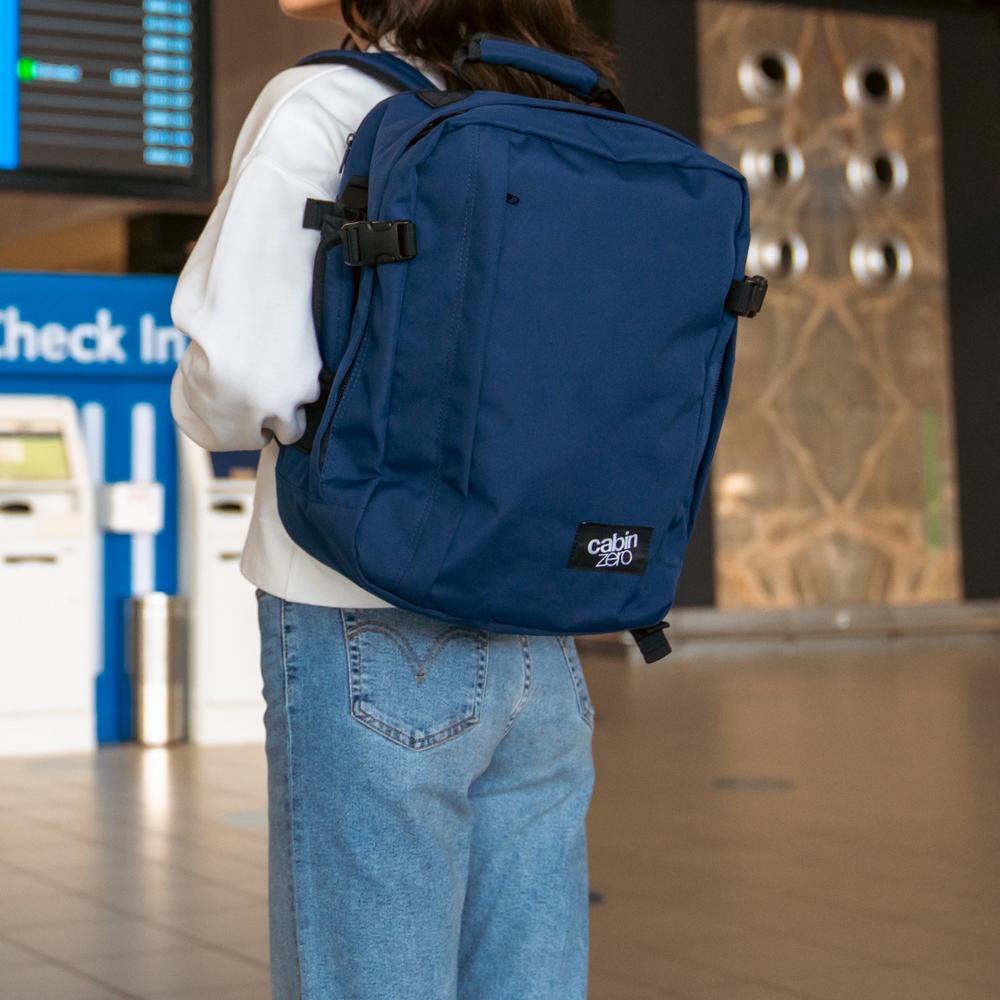


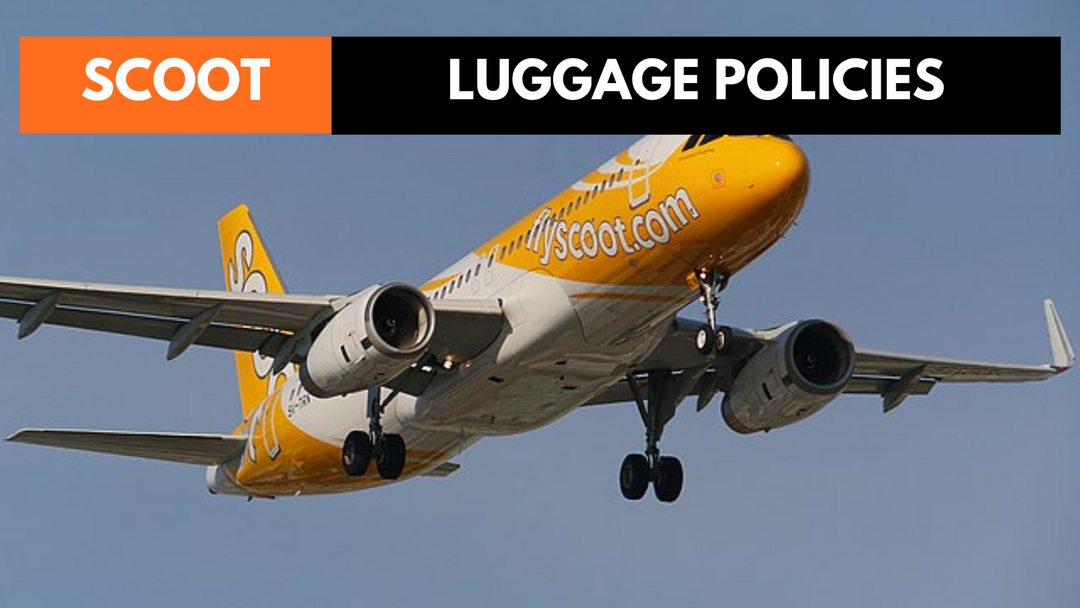
Did Air Canada change the dimension of dog carrier? If so may I please have the dimensions? What is best plane and seat for me to take my dog with me? Thank you
Leave a comment